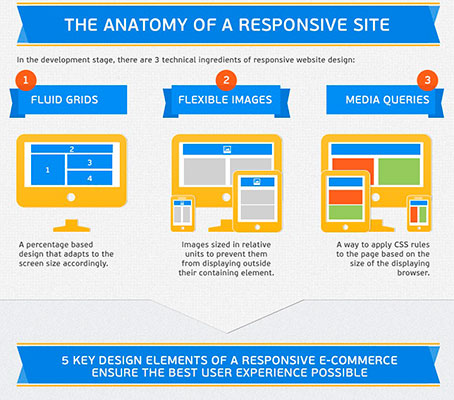Key Elements Of Site Design: Approaches For Developing An Obtainable Customer Experience
Key Elements Of Site Design: Approaches For Developing An Obtainable Customer Experience
Blog Article
Writer-McKnight Daugaard
When it involves site style, making certain user-friendliness is essential. From receptive layout to streamlined navigating, every element plays a vital duty in creating a website that deals with your audience's needs. However what regarding SEO For Medical Practice FT Worth that can make or break a customer's browsing experience? Remain tuned as we discover some often-overlooked ideas that can boost your website's usability to the next level, making it absolutely stick out in the electronic landscape.
Value of Responsive Style
Receptive layout is a critical facet of modern-day internet site development. Ensuring your web site is receptive methods that it can adapt to various screen dimensions and devices, giving a seamless experience for individuals.
With the increasing use smartphones and tablets to access the web, having a receptive design is vital for getting to a larger audience. It assists in enhancing individual experience by making your internet site easy to navigate and continue reading any type of device.
Furthermore, receptive style can positively impact your search engine positions, as internet search engine like Google focus on mobile-friendly websites. By having a receptive style, you're additionally future-proofing your website, as brand-new tools with differing screen sizes continue to arise.
Simplify Navigating Structure
To boost customer experience and help with simple access to information on your site, enhancing the navigating framework is extremely important. When making your site, focus on developing a clear and user-friendly navigation food selection that aids site visitors locate what they're looking for quickly.
SEO Company For Doctors of menu things to the basics, grouping associated web pages with each other to prevent overwhelming customers. Use descriptive labels that plainly indicate the material of each web page, making it less complicated for customers to recognize where each web link will take them.
Think about applying dropdown menus for subcategories to stop cluttering the major navigating bar. Furthermore, consist of a search bar plainly on the web page for users that favor looking for specific information.
Focus on mobile responsiveness in your navigation design to guarantee easy gain access to on all devices.
Maximize Page Load Rate
Improving web page tons speed is crucial for keeping visitors on your site. Slow-loading web pages discourage individuals and can cause high bounce prices. To enhance page load rate, start by enhancing pictures. Press images without endangering quality to lower their documents dimensions.
Furthermore, make it possible for web browser caching to store frequently accessed resources locally, accelerating load times for returning site visitors. Minify CSS, JavaScript, and HTML files by getting rid of unneeded personalities, comments, and formatting, boosting lots speed.
Think about utilizing a content distribution network (CDN) to disperse your internet site's web content throughout several servers worldwide, minimizing latency for customers accessing your website from various areas. Lastly, restrict making use of third-party scripts and plugins, as they can considerably influence lots times.
Verdict
To conclude, by including responsive layout, streamlining navigation, and maximizing web page load rate, you can produce an easy to use site that interest a broader target market and improves individual experience. These essential elements make certain that visitors can conveniently gain access to and browse your website across different gadgets, resulting in boosted interaction and complete satisfaction. By concentrating on these crucial elements, you can build an effective site that keeps users returning for even more.
